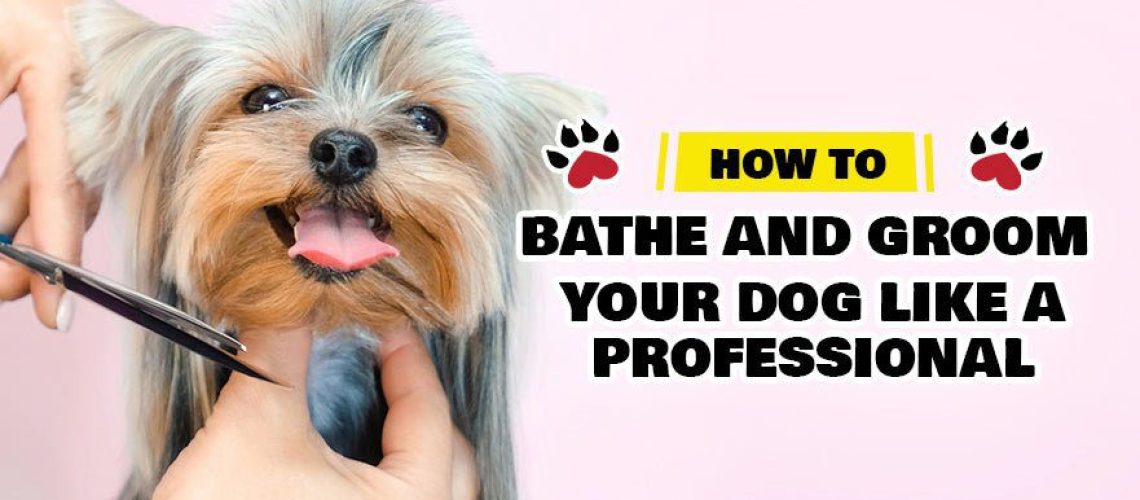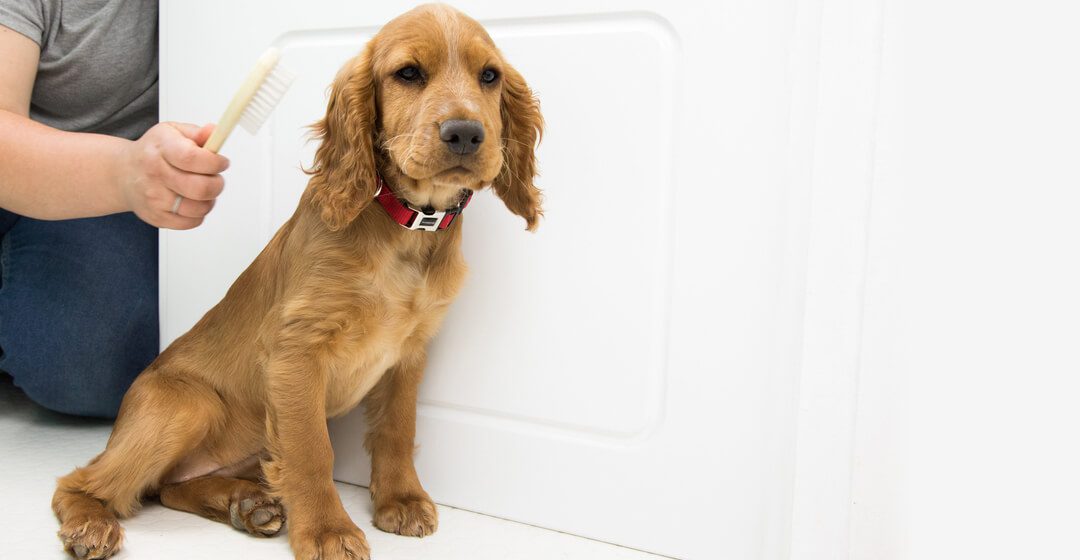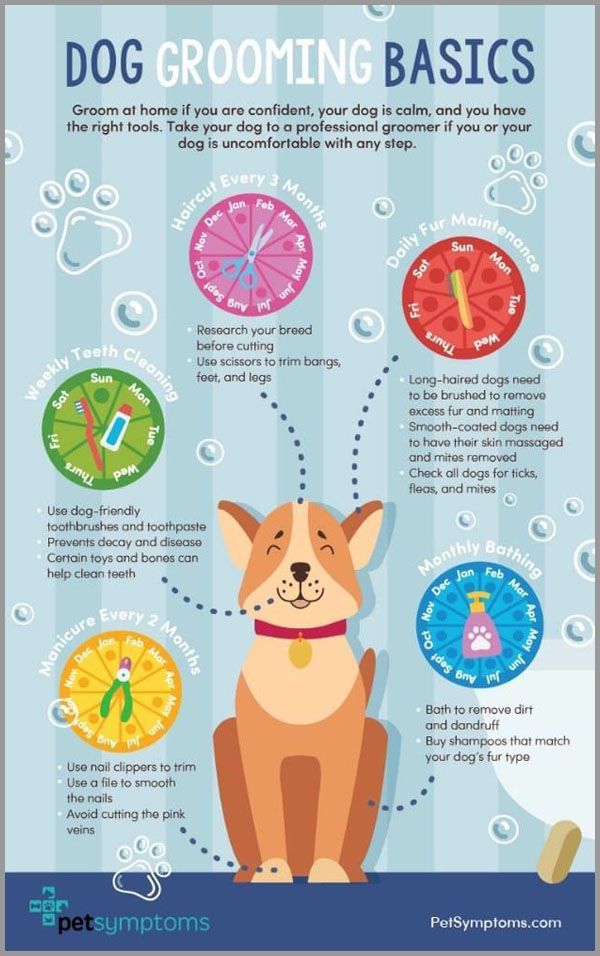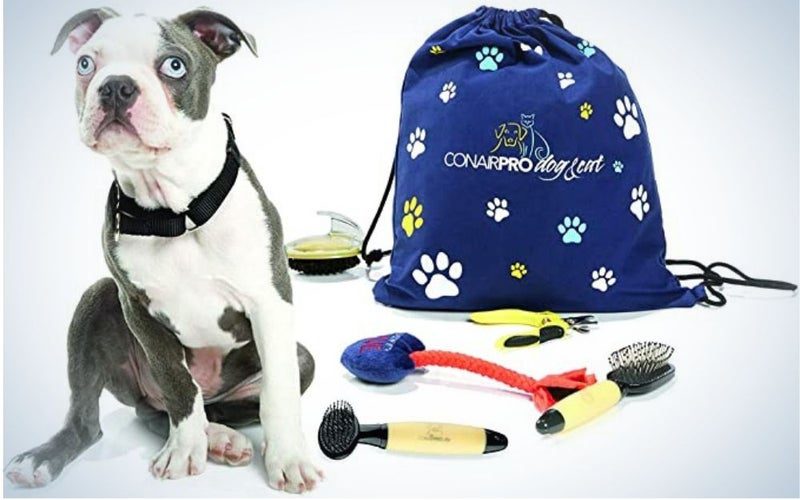In this guide, we will provide you with essential tips and techniques on how to effectively bathe and groom your adorable puppy.
Key Takeaways:
- Regular grooming and bathing are important for maintaining your puppy's hygiene and overall health.
- Start grooming your puppy at a young age to get them used to the process and make it easier as they grow older.
- Use specially formulated dog shampoos and conditioners that are gentle on your puppy's skin and coat.
- Brushing your puppy's coat regularly helps prevent matting, removes loose fur, and promotes healthy skin and coat growth.
- Take care when trimming your puppy's nails to avoid cutting too close to the quick, which can cause pain and bleeding.
The Importance of Regular Bathing and Grooming for Your Puppy
Bathing and grooming are essential for keeping your puppy clean, healthy, and happy. Regular bathing helps to remove dirt, bacteria, and parasites from your puppy's coat, reducing the risk of skin infections and other health issues. It also helps to keep their fur soft and shiny.
Grooming is not just about making your puppy look good; it also has several health benefits. Brushing your puppy's coat regularly helps to remove loose hair, preventing it from matting and causing discomfort or skin problems. It also stimulates blood circulation and distributes natural oils throughout the coat, promoting a healthy skin and fur.
Benefits of Regular Bathing:
- Cleanses the coat and removes dirt
- Reduces the risk of skin infections
- Keeps fur soft and shiny
Benefits of Regular Grooming:
- Prevents matting of the fur
- Stimulates blood circulation
- Promotes a healthy skin and fur
Regular bathing and grooming also provide an opportunity for you to bond with your puppy. It allows you to spend quality time together while taking care of their hygiene needs. So make sure to establish a routine for bathing and grooming your puppy right from the beginning!
Essential Supplies for Bathing and Grooming Your Puppy
When it comes to bathing and grooming your puppy, having the right supplies is essential. Here are some must-have items:
Gentle Puppy Shampoo:
Choose a shampoo specifically formulated for puppies, as their delicate skin can be easily irritated by harsh chemicals found in regular dog shampoos. Look for a gentle formula that is tear-free and hypoallergenic.
Puppy Brush or Comb:
A brush or comb designed for puppies will help you keep their coat tangle-free and remove any loose fur. Opt for a brush with soft bristles or a comb with wide teeth to avoid causing discomfort to your puppy's sensitive skin.
Nail Clippers:
Regular nail trims are important for your puppy's comfort and overall health. Invest in a pair of nail clippers specifically designed for dogs, as human nail clippers can cause injury. Make sure to have styptic powder on hand in case you accidentally cut the quick.
How Often Should You Bathe Your Puppy?
The frequency of bathing your puppy depends on several factors, including their breed, activity level, and lifestyle. In general, most puppies only need to be bathed every 4-6 weeks unless they get particularly dirty or smelly. Overbathing can strip their coat of natural oils and lead to dryness or irritation.
If your puppy has a specific skin condition or allergies, consult with your veterinarian for guidance on an appropriate bathing schedule. They may recommend using medicated shampoos or more frequent baths to manage the condition effectively.
Preparing Your Puppy for a Bath: Step-by-Step Guide
Bathing can be a stressful experience for some puppies, so it's important to prepare them properly. Follow these steps to make bath time a positive and calm experience:
Step 1: Gather Supplies:
Before bringing your puppy into the bathroom, ensure you have all the necessary supplies within reach. This includes shampoo, towels, brushes, and any other grooming tools you may need.
Step 2: Create a Calm Environment:
Puppies are sensitive to their surroundings, so make sure the bathroom is warm and free from loud noises or distractions. Close the door to prevent them from escaping and consider placing a non-slip mat in the tub or sink to provide stability.
Step 3: Introduce Your Puppy Gradually:
Start by allowing your puppy to explore the bathroom without water or any grooming tools present. Let them sniff around and get comfortable with the space before proceeding.
Why You Shouldn't Use Human Shampoo on Your Puppy
While it may be tempting to use your own shampoo on your puppy, it's important to resist this urge. Here's why:
pH Balance:
The pH level of human skin is different from that of dogs. Using human shampoo can disrupt the natural pH balance of your puppy's skin, leading to dryness, itchiness, or even skin infections.
Fragrances and Harsh Chemicals:
Many human shampoos contain fragrances and harsh chemicals that can be too strong for a puppy's sensitive skin. These ingredients can cause irritation or allergic reactions.
Safely Handling Your Puppy During Bath Time: Tips and Tricks
Bathing a wiggly and potentially slippery puppy can be a challenge. Here are some tips to safely handle your puppy during bath time:
- Use a non-slip mat or towel in the tub or sink to provide stability for your puppy.
- Keep one hand on your puppy at all times to prevent them from slipping or jumping out of the tub.
- Speak in a calm and reassuring tone to help keep your puppy relaxed.
Making Bath Time Enjoyable for Your Puppy: Helpful Tips
Bath time doesn't have to be a dreaded experience for your puppy. Try these tips to make it enjoyable:
Reward with Treats:
Offer treats and praise throughout the bathing process to create positive associations with bath time. This will help your puppy associate bathing with something pleasant.
Use Warm Water:
Avoid using hot or cold water as it can be uncomfortable for your puppy. Use lukewarm water instead, ensuring it's not too hot or too cold.
Other Important Grooming Tasks for Your Puppy's Hygiene
In addition to regular baths, there are other grooming tasks you should perform to maintain your puppy's hygiene:
Brushing Teeth:
Get into the habit of brushing your puppy's teeth regularly using a dog-specific toothbrush and toothpaste. This helps prevent dental issues and keeps their breath fresh.
Cleaning Ears:
Gently clean your puppy's ears with a veterinarian-recommended ear cleaner and cotton balls. Be cautious not to insert anything deep into their ear canal, as it can cause injury.
Tips to Keep Your Puppy's Coat Clean and Healthy Between Baths
While regular baths are important, there are ways to keep your puppy's coat clean and healthy between bathing sessions:
- Regular Brushing:
- Wipe Down:
Brush your puppy's coat regularly to remove dirt, debris, and loose fur. This helps prevent matting and keeps their coat looking shiny.
If your puppy gets dirty but doesn't require a full bath, use a damp cloth or pet-friendly wipes to clean their paws, face, and other areas that may be soiled.
| In Conclusion | |
| Bathing and grooming your puppy is an essential part of their overall health and well-being. By following these simple steps, you can ensure that your furry friend stays clean, comfortable, and happy. |  |
| Remember, a clean puppy is a happy puppy! | |
What is the right age to bathe a puppy?
When is it Safe to Start Bathing a Puppy? It is recommended to wait until a puppy is approximately eight weeks old before giving them a bath. Unlike older dogs who can regulate their body temperature, young puppies do not have this ability yet. Bathing a puppy younger than eight weeks old can potentially cause overheating or make them too cold.
Can I groom my puppy myself?
A lot of pet owners prefer to hire professional groomers for these tasks, but this can be expensive and there might not be enough qualified groomers in your vicinity. The great news is that with enough patience, practice, and positive reinforcement, you can do some or all of the required grooming tasks at home.
Do you bathe dog before or after grooming?
Preparing your pet for a bath is actually quite beneficial as it helps eliminate any excess dirt and hair that may become tangled during the bathing process. It is important to take breaks, especially when dealing with a long-haired dog that requires extensive brushing and bathing. This way, both you and your pet can avoid becoming tired and impatient during bath time.
Can I bathe my puppy once a week?
If your puppy is active and spends a lot of time outdoors, you may feel the need to bathe them once a week. This is acceptable as long as you choose a suitable shampoo and keep an eye on their coat and skin for any adverse reactions. The only time it is necessary to bathe them more frequently is if they get extremely dirty in a mud-related incident.
How do groomers keep dogs still?
Groomers utilize non-slip surfaces to ensure dogs remain stable and steady during grooming. They purchase special non-slip padding for surfaces like grooming tables or bathtubs. This helps prevent fatigue and contributes to a calm dog.
What not to do when bathing a puppy?
Gently wet your puppy's fur with warm water, being cautious not to get water in their eyes or ears. Continuously monitor the water temperature. If bathing them in a tub, ensure the water does not go above halfway up their legs.

















